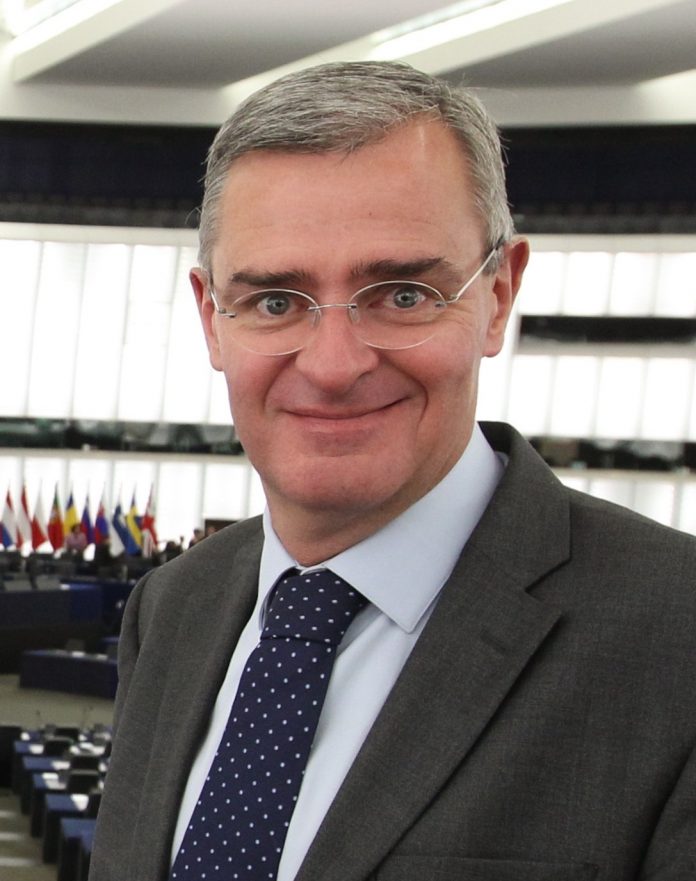To co-fund their regional development projects after 2020, all European Union regions should continue receiving sufficient resources, according to the European Parliament’s Regional Development Committee.
MEPs agreed the EU cohesion policy budget must remain large enough after 2020 to fund EU investments in regional development projects that are capable of meeting current and future challenges.
In a non-legislative resolution passed by 35 votes to 4, with 1 abstention, the MEPs stressed that concentrating cohesion policy on the EU’s least-developed regions in response to a loss of funds due to Brexit “would hinder progress in political priorities of the whole European Union”.
Also, MEPs are “extremely concerned” that many EU regions would be excluded from the scope of cohesion policy in the scenarios recently presented by the EU Commission for the EU’s long-term budget, the Multi-annual Financial Framework (MFF).
According to a European Parliament press release, the MEPs called for an ambitious budget to match the challenges faced by the regions. They said cohesion policy must not be made an “adjustment variable”, stressing that cohesion policy “coverage of all EU regions is a ‘red line’ for the European Parliament”.
“With this vote, the Regional Development Committee sends a strong message for an ambitious cohesion policy covering all EU regions ahead of the Commission’s proposal on the next Multiannual Financial Framework,” said Rapporteur Marc Joulaud (EPP, FR). “Based on a broad consultation with local and regional authorities and beneficiaries on the ground, the report adopted today stresses the need to simplify cohesion policy and to bring Europe closer to its citizens through concrete projects.”

